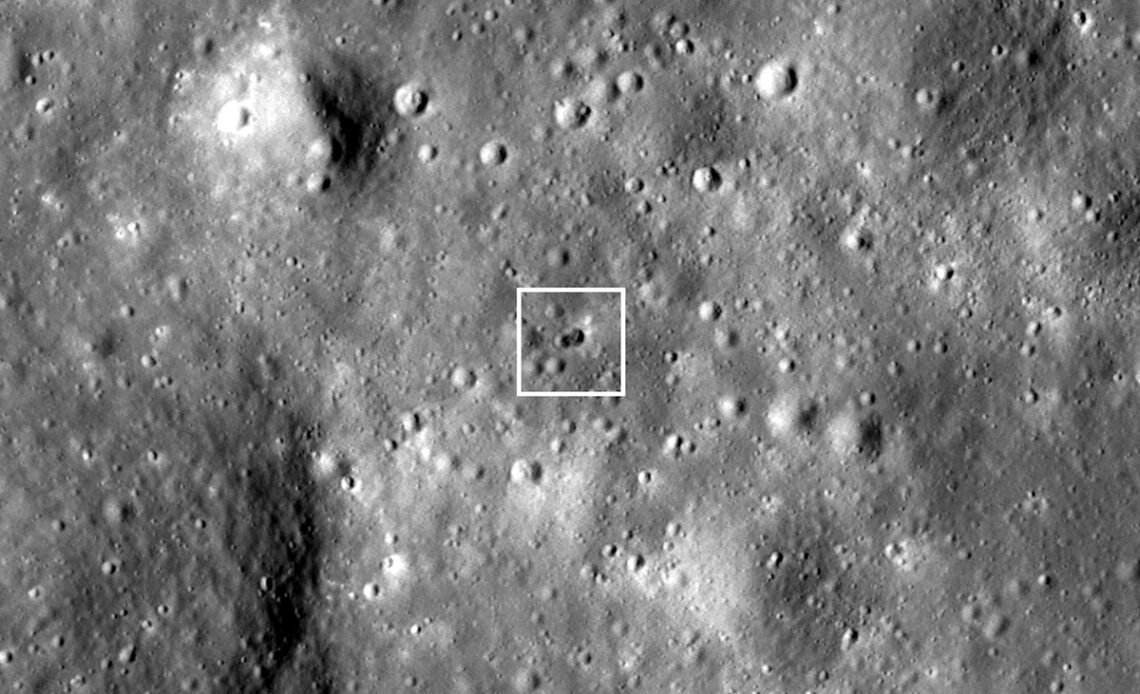An out-of-control rocket booster that crashed onto the Moon in 2022, forming an unusual impact crater, was of Chinese origin and likely carried an undisclosed payload, a new study revealed.
The research, published in the Planetary Science Journal, found that the crater-forming object was a Long March 3C rocket booster from China’s Chang’e 5-T1 mission.
Researchers from the University of Arizona in the US previously suspected the object which crash landed on the Moon in March last year was either debris from a SpaceX Falcon 9 from the DSCOVR mission or from the Chang’e 5-T1 mission.
While later analysis ruled out the possibility that it was a Falcon 9 booster, the Chinese government also disputed claims that it was one of their own spacecraft.
The object is known to have completed several close flybys of the Earth and the Moon in the previous three months, travelling through space at almost 9,600kph (6,000mph) before it crashed and formed a bizarre “double crater”.
“You would expect it to wobble a little bit, particularly when you consider that the rocket body is a big empty shell with a heavy engine on one side….But this was just tumbling end over end, in a very stable way,” study co-author Tanner Campbell said in a statement.
This indicated that the rocket booster likely had a large mass on the top balancing the two engines at the bottom which weighed nearly 550kg (1,200lbs) each without fuel.
However, data disclosed by China notes that the two known instruments on the booster only weighed about 27kg, according to Campbell.
In the new research, scientists assessed data on the trajectory and light emissions from the strange object recorded by ground-based telescopes to “show conclusively” that it was indeed a “Long March 3C rocket body (R/B) from the Chang’e 5-T1 mission.”
“Our trajectory and spectroscopic analyses using ground-based telescope observations show conclusively that WE0913A is in fact the Chang’e 5-T1 R/B,” they wrote in the study.
China’s Chang’e 5-T1 mission was designed to test the strategy planned for the country’s 2017 Chang’e 5 lunar sample return attempt.
The mission consisted of a sample return capsule sent to loop around the Moon and head back to the Earth, simulating a return from the lunar surface after collecting samples.
While the sample return capsule separated and reentered the…
Click Here to Read the Full Original Article at The Independent Travel…
